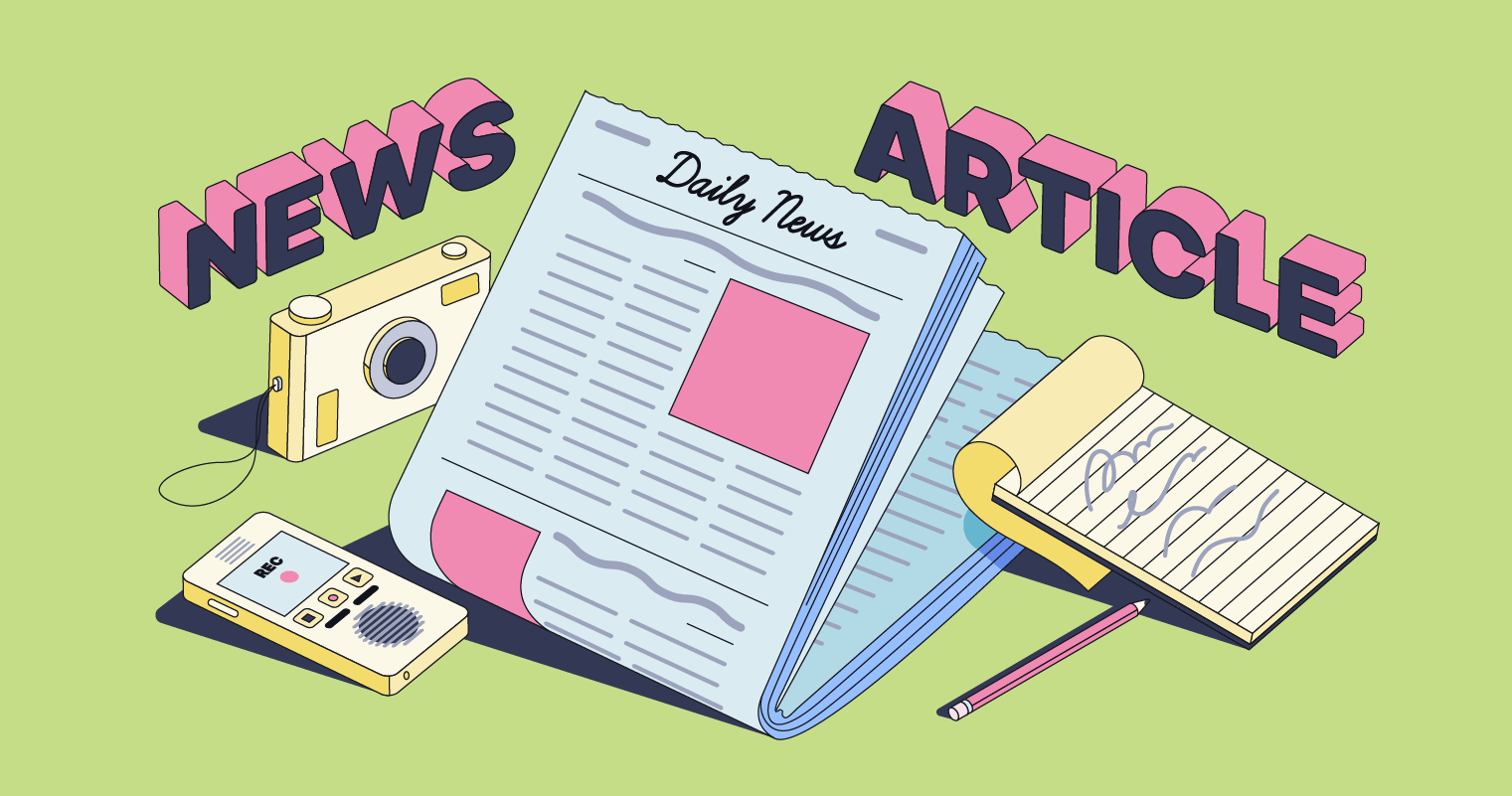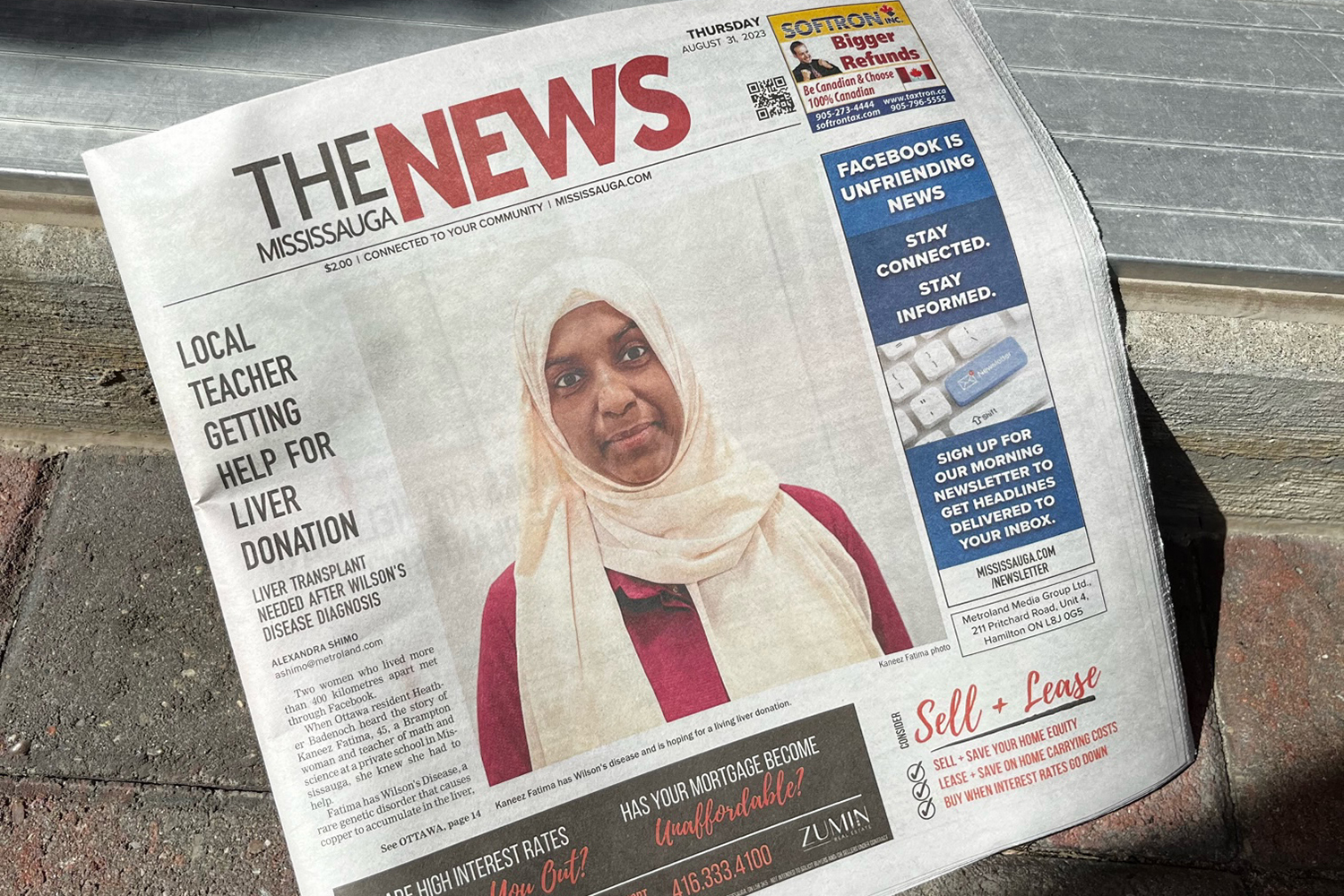Our News Articles Diaries
Our News Articles Diaries
Blog Article
The Only Guide for News Articles
Table of ContentsNews Articles Things To Know Before You Get ThisSee This Report about News ArticlesNot known Facts About News ArticlesLittle Known Questions About News Articles.The Ultimate Guide To News Articles
Excellent understanding of different topics offers students a competitive edge over their peers. Also though digital and social media sites are easily available, we must not neglect just how essential it is to check out the papers. Parents must try and inculcate the behavior of reading a newspaper as an everyday routine to proceed the legacy of the adored print tool.Newspaper article additionally have at least one of the following crucial characteristics relative to the designated target market: proximity, prestige, timeliness, human interest, anomaly, or repercussion. The related term journalese is sometimes used, normally pejoratively, to refer to news-style writing. An additional is headlinese. Newspapers generally stick to an expository writing design.
Within these limits, newspaper article also intend to be comprehensive. Nevertheless, various other aspects are involved, some stylistic and some stemmed from the media form. Amongst the larger and a lot more highly regarded newspapers, justness and balance is a major consider offering info. Commentary is typically confined to a separate section, though each paper might have a various overall angle.
Papers with an international audience, for instance, have a tendency to make use of a more official design of composing. News Articles.; common style overviews consist of the and the United States News Design Publication.
About News Articles
As a guideline, reporters will not use a long word when a short one will certainly do. News authors attempt to avoid utilizing the exact same word more than once in a paragraph (often called an "resemble" or "word mirror").
Nonetheless, headings sometimes omit the topic (e.g., "Jumps From Boat, Catches in Wheel") or verb (e.g., "Pet cat woman lucky"). A subhead (likewise subhed, sub-headline, subheading, caption, deck or dek) can be either a secondary title under the main heading, or the heading of a subsection of the post. It is a heading that precedes the major message, or a group of paragraphs of the primary text.

Additional billboards of any of these types might appear later in the short article (particularly on subsequent web pages) to tempt more reading. Such signboards are additionally used as reminders to the short article in various other sections of the magazine or website, or as advertisements for the item in other magazine or sites. Normal structure with title, lead paragraph (recap in bold), various other paragraphs (details) and contact info.

Instance of a hard-lead paragraph NASA is suggesting another space job. The firm's spending plan request, introduced today, included a strategy to send one more mission to the Moon. This time around the firm wishes to establish a long-lasting facility as a jumping-off place for various other area journeys. The budget demands about $10 billion for the project.
The NASA news came as the company requested $10 billion of appropriations for the task. An "off-lead" is view website the 2nd most vital front page information of the day. The off-lead appears either in the leading left edge, or straight listed below the lead on the. To "bury the lead" is to start the article with history details or details of additional significance to the viewers, forcing them to find out more deeply into a write-up than they should have to in order to find the essential points.
Fascination About News Articles
Common use is that or more sentences each form their own paragraph. Reporters usually explain the organization or framework of an information tale as an inverted pyramid. The crucial and most intriguing aspects of a story are put at the beginning, with sustaining info following in order of decreasing significance.
It permits individuals to explore a topic to only the deepness that their interest takes them, and without the charge of information or nuances that they can consider unnecessary, but still making that info readily available to much more interested viewers. The upside down pyramid structure additionally enables articles to be cut to any approximate length during design, to fit in the space offered.
Some writers begin their stories with the "1-2-3 lead", yet there are several kinds of lead readily available. A twist can refer to multiple things: The last tale in the news broadcast; a "satisfied" story to end the show.
Longer articles, such as magazine cover write-ups and the items that lead the within sections of a newspaper, are known as. Feature stories differ from straight information in numerous ways.
Not known Facts About News Articles
The reporter usually information interactions with meeting topics, making the item extra personal. A function's initial paragraphs usually connect a fascinating moment or event, as in an "unscientific lead". From the particulars of an individual or episode, its view quickly widens to generalizations about the story's topic. The visite site area that signifies what a you could look here function is about is called the or signboard.

The Editor's Toolbox: A Reference Overview for Beginners and Professionals (2001) Allan M. Siegal and William G. Connolly. The New York Times Guidebook of Design and Usage: The Authorities Design Guide Utilized by the Writers and Editors of the Globe's Many Reliable Paper (2002) M. L. Stein, Susan Paterno, and R.
Report this page